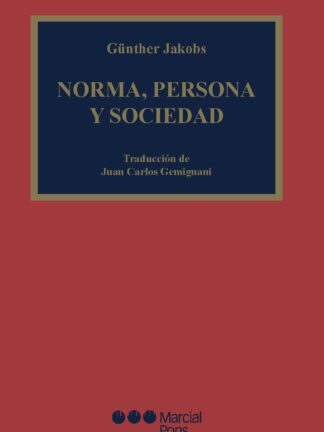Descripción
Research Handbook on International Law and Cities *
‘This is an essential read for all of those studying or working at the intersection of International Relations and urban policy. The volume is a treasure trove of legal and international nuance critical to unpack the challenges that confront the internationalization of cities in the multilateral arena.’ — Michele Acuto, International Affairs
‘I would commend this book to all lawyers practising in the field of public international law and to students of the subject. It is a useful and innovating reference book and contributes to a better understanding of the role of cities in various fields of international law.’ — Stephen D Sutton, The Law Society Gazette
‘Aust and Nijman’s Research Handbook on International Law and Cities captures the complexity, and the controversy, of the relationship between cities and international law in all its splendour. This is a skilfully designed and executed – and coherent – work from the leading legal scholars in the field. The reader is led through the history, structure and many of the current issues in what is an increasingly well-established field, both academically and in practice. There will be many more thematic avenues to explore but the principles and the path are set out here. This book will become a dear friend for many historians, political scientists and lawyers, to name but a few.’ — Robert Lewis-Lettington, UN-Habitat
‘Walter Benjamin – foremost among writers on cities – once observed (to paraphrase) that crafting a good piece of writing entails making, at once, a musical composition, an architectural construction, and a woven textile. The Research Handbook on International Law and Cities that Helmut Aust and Janne Nijman have assembled, working with Miha Marcenko and a superb array of contributors, succeeds in all these ways. Combining historical, conceptual, practical and critical takes on the role of cities in global phenomena, and on various manifestations of the global in the urban, it sounds provocative notes for future work. Its construction is at once magisterial and replete with intriguing openings. Its fabric is rich in theoretical and empirical threads of value to international law and cognate disciplines. As one sometimes does in a city, I lost myself in its pages, in the most pleasurable way. Regardless of their disciplinary or geographic starting point, all those who read it – or should I say, visit this volume’s many cities – are sure to emerge newly informed and inspired.’ — Fleur Johns, UNSW Sydney, Australia
‘This Research Handbook offers a rich array of insightful analyses about the way that international law is being shaped, interpreted, and implemented by cities. After exploring historical antecedents, the volume dives into structural aspects of cities within international law, before tackling the role of cities in reshaping particular subject matter areas, such as climate change, human rights and refugees. For those captivated by States and international organizations as the only actors that count, this volume will change your mind.’ — Sean D. Murphy, George Washington University, US and Member, U.N. International Law Commission











